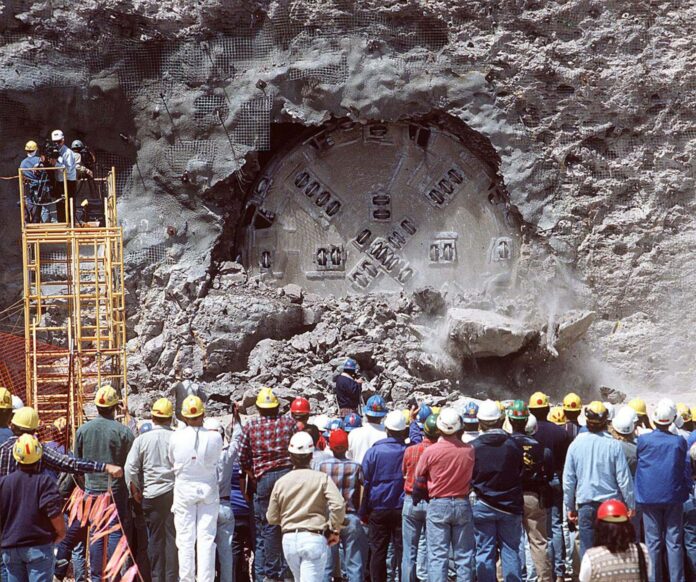The head of the United States’ National Nuclear Security Administration (NNSA) says that nuclear preparation continues to take place in the Nevada desert.
NNSA Administrator Jill Hruby made the comments to Daryl G. Kimball, executive director of the Arms Control Association, and Carol Giacomo, editor of Arms Control Today, in a new interview amid global unrest regarding nuclear weapons and security considering the major conflicts between Russia and Ukraine, along with Israel and Hamas in the Middle East.
The U.S. has the world’s second-largest nuclear stockpile behind Russia, with aspirations to better its own nuclear future via legislation by appropriating congressional funding for present and future stockpiles, defense and energy security, and uranium enrichment. One resolution introduced in the House of Representatives would allocate $19.114 billion for continued modernization as part of 2024 fiscal year spending.
Hruby, who said that the NNSA has been transparent, said activity is taking place at the Nevada National Security Site in southeastern Nye County, approximately 65 miles northwest of Las Vegas. It is known as one of the most significant nuclear weapons test sites in the nation due to its various forms of testing from 1951 to 1992.
JOHN GURZINSKI/AFP via Getty Images
That activity includes three different objectives, she said, including subcritical experiments for the science-based Stockpile Stewardship Program [SSP].
“This is part of what we need to do to make sure that our stockpile is behaving and aging the way that we think it is so that we don’t have to do a full-scale test,” she said.
Like other countries, the U.S. is also using the site to conduct chemically explosive experiments for the nonproliferation program that helps improve the ability to detect testing and monitor other countries’ activity.
That specific test does not involve nuclear explosives.
“But they use enough chemical explosives that we can get the seismic activity that’s sort of equivalent to a low-yield test so we know whether or not we could monitor that,” Hruby added.
Other activity at the site involves additional national security missions not associated with the NNSA, such as those involving the Department of Homeland Security—including nuclear test monitors placed at ports in the U.S. and worldwide.
Referencing skepticism by Russia in relation to national nuclear testing and mining, Hruby said that the U.S. “needed to be clearer about what we’re doing because we have nothing to hide and we’re not preparing for an underground [nuclear explosive] test.”
“Honestly, we have in the last three or four years gotten sophisticated enough with this other set of experiments that we do now, concentrated on the NNSA subcritical experiments, that we are actually investing in significant new diagnostics,” she added.
Newsweek reached out to the NNSA via email for additional comment Wednesday.
Kimball, who was invited by the NNSA to observe its practices later this month, told Newsweek via email that Hruby’s remarks make it clear that the U.S. has a reliable program in place to maintain the existing nuclear arsenal.
It also indicates no technical reason for the U.S. to resume nuclear explosive testing for the first time since 1992, he added, even though Russia, China and the U.S. all continue to engage in nuclear experiments at their former nuclear test sites.
“And given that we don’t yet have the option of on-site inspections through the 1996 Comprehensive Test Ban Treaty (CTBT) because it has not yet entered into force, it is important, as Hruby has proposed, for Washington, Moscow and Beijing to engage in technical discussions on possible confidence building measures to help increase our confidence they are all complying with the CTBT—which they have all signed,” Kimball said.
Uncommon Knowledge
Newsweek is committed to challenging conventional wisdom and finding connections in the search for common ground.
Newsweek is committed to challenging conventional wisdom and finding connections in the search for common ground.


